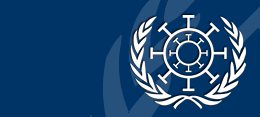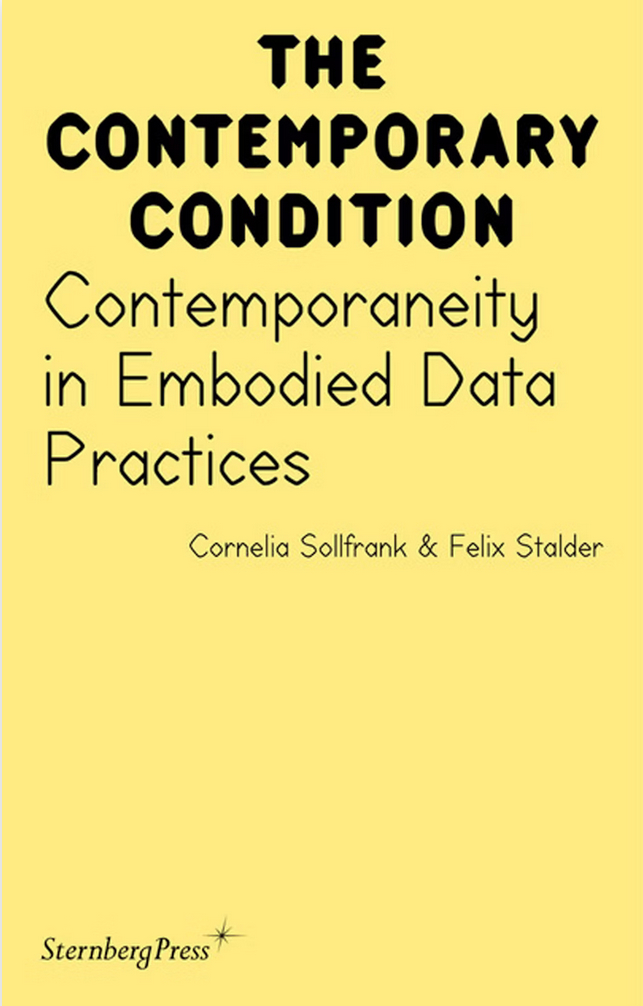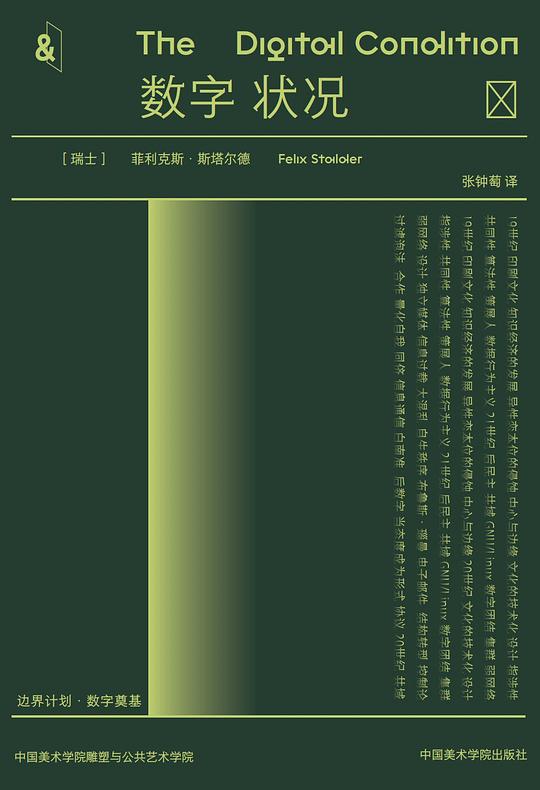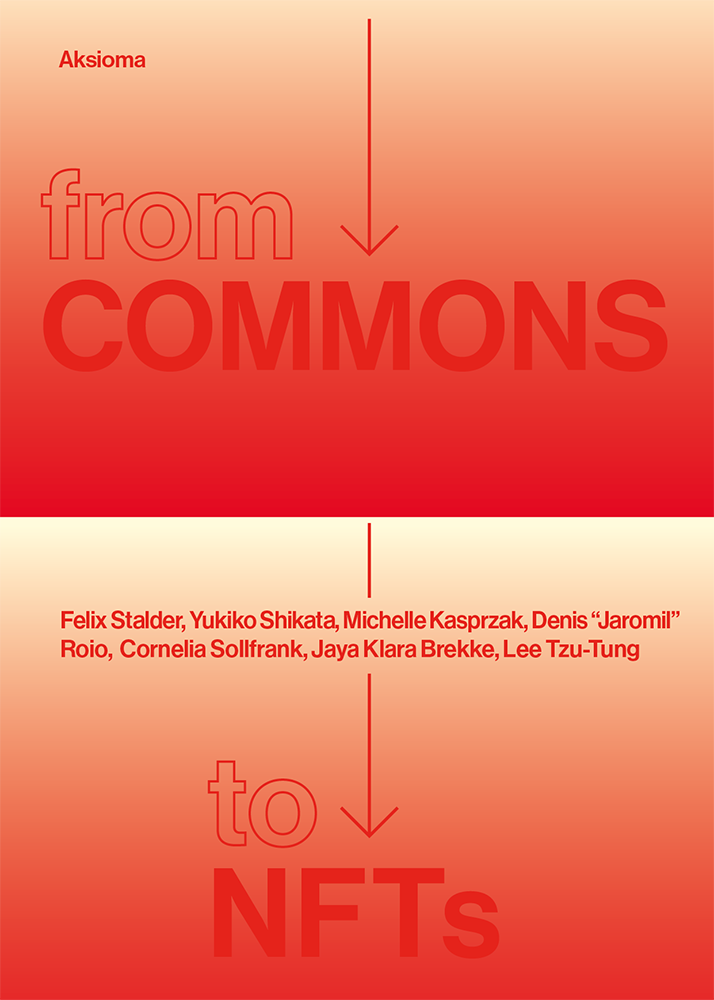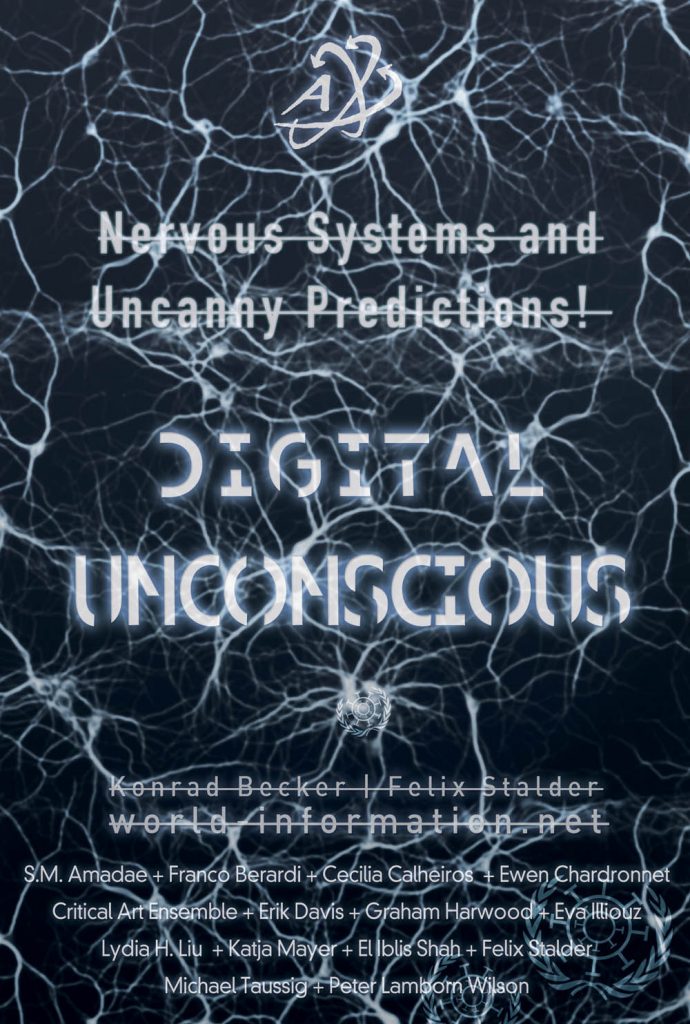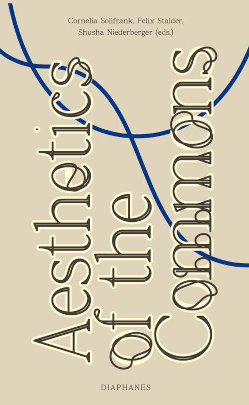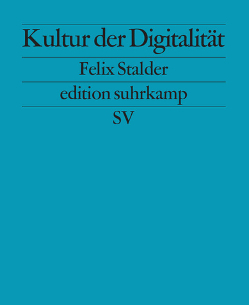
 At the moment, many people are sensing how the tectonic plates under their feet are moving. It is hard to get one’s bearing on such shifting grounds. Beginning with the virus itself, which is assumed to have jumped from animals to humans (“zoonotic spillover”) sometime last fall, there are simply too many actors in the complex dynamic system of a planetary civilization whose paths have been altered in hard-to-understand ways. This makes it impossible to plot the cumulative effects of their interaction.
At the moment, many people are sensing how the tectonic plates under their feet are moving. It is hard to get one’s bearing on such shifting grounds. Beginning with the virus itself, which is assumed to have jumped from animals to humans (“zoonotic spillover”) sometime last fall, there are simply too many actors in the complex dynamic system of a planetary civilization whose paths have been altered in hard-to-understand ways. This makes it impossible to plot the cumulative effects of their interaction.
While a lot of things are fairly chaotic and improvised reactions to fast-changing events, there is a certain structure to it, simply because people and institutions draw on that material, political and cultural resources which they have available. But which resources to draw on, how to mobilize them, and how to create new ones in the process is the key question. While there is path-dependency and continuity, even in the way actors can change paths, there is also a moment of extraordinary openness. It is therefore important not only to be vigilant against the authoritarian forces that are exploiting this crisis, i.e. to defend democracy as it exists, but also to think about ways of strengthening and expanding it right now.
One area where this is particularly urgent is the area of “big data”, i.e. the collection and evaluation of large amounts of data for the analysis of complex dynamics. In what follows, I would like to focus on two areas of data practices where the changes currently underway are particularly profound and enduring, and thus full of potential: the way people are recorded informationally, and the type of modelling we use to understand and influence society in real time.
Tracking People
The spread of the virus laid bare the shallowness of the notion that we are all unique individuals, each master of our own destiny. Rather than being able to rationally calculate our own paths, unaffected by people with whom we do not choose to enter into explicit relationships, the virus reveals the scale, scope, and intimacy of the relationships we have with each other and many “other others” as a basis of everyday life. Only now, the relatively privileged members of society, locked into their own private spaces under a state of a range of lockdown rules, are forced to confront themselves as truly atomized individuals. And even they are experiencing first-hand how unnatural a condition this is.
In order to follow and contain the spread of the virus, those relations along which the virus can spread need to be cut, either by interrupting relations across society as a whole by way of general “social distancing” rules, or by trying to track the specific paths by which the virus spreads through society. And since the dominant way this virus spreads is human-human, it means tracing the social relationships that come to define the singular person, which extend far beyond those that are explicitly chosen.
There are two powerful, ready-made models for tracking people. The first comes from the state. Since the mid-eighteenth century, the state has been keenly interested in tracking its subjects for purposes of taxation, conscription, security, and various kinds of bio-political concerns including public health. With the expansion of the state’s functions, not least through the welfare state, the tracking of people across an ever-larger variety of contexts has steadily increased. Increased mobility and social complexity shifted this regime over time from static measures (such as border controls) to dynamic measures (such as collecting communication meta-data). This was part of a more general shift from a “disciplinary society” centred around enclosing institutions such as the school, the army, and the factory towards a “control society” focused on tracking and manipulating cybernetic flows for some version of the aforementioned purposes. Second, in the early 2000s, the most advanced sectors of capitalism began to outstrip the state’s ability to track people through the sphere of consumption. While the first platform to keep track of individual consumers was created in the late 1950s by the credit card industry, it has since spread across society and consolidated into “surveillance capitalism”. Its main feature is to re-organize ever-more dimensions of human activity to optimize the tracking and manipulation of people, this time in the pursuit of private profit. An approach that was spectacularly successful, if we take corporate valuations or the source of extreme personal wealth as indicators.
While these two models have always had many points of interconnection, as Edward Snowden revealed again in 2013, in the West corporations and the state have not been fully integrated and often stood in a contentious relationship with one another. A case in point are the repeated battles over the use of encryption, which pits globalized technology providers against national security apparatuses. Under the pressure of the crisis, these two models are now beginning to merge more openly and comprehensively. It is too early to say how and where this will happen, but it seems very likely that the pressures and desires to do so will intensify as part of the efforts to contain the virus after the initial phase of the lockdown, the duration of which nobody knows. The Orwellian implications of such a merger are quite clear, and the crisis could easily be used to push such concerns aside. In the West, the danger is greatest in the US, where the security and corporate sector are already deeply intertwined and privacy legislation is weak. In China, of course, these sectors have never been separated.
But these are not the only available models. Civil society—in which one might include the non-profit health care sector—has its own way of thinking about the relationship between the individual and society at large. Here, notions of care and mutuality, both on a person-to-person but also on a person-to-collective level (say, in the form of collective care institutions) are more central than control or profit. We can see these notions implemented in privacy-protecting tracing mechanisms, which focus exclusively on public health demands. They rely on voluntary participation out of a sense of collective duty. The recently proposed “Decentralized, Privacy-Preservinf Proxomity Tracing”, for example, embodies this way of thinking. It does not help to protect the users individually, because it only warns of potential infection in the past. The goal is to stop the spread of the disease by increasing the speed and accuracy of self-isolation, a measure that in this scenario only serves to protect others who can thus continue their lives without interruption.
The personal gain here is indirect, through the ability to continue to live in a society that continues to function as a whole, rather than direct, that is, through the improvement of personal health. But Europe lacks the technological infrastructure to implement such a solution on its own. All apps need to run on the mobile platforms provided by Alphabet and Apple. Not only can they implement any solution better because they can modify the operating system in ways normal app developers cannot, but they can also quickly update millions of phones at the same time. These two companies have now announced cooperation in the development of a proximity-tracing solution. Even if this solution is, at the beginning, similar to the European proposal, it will be a massive challenge to ensure that it will not be transformed—over time and under business or security imperatives—from a care to control approach.
However, what this entire discussion shows is that there are two possible trajectories along which such a changing relationship between the singular and the collective can be expressed and institutionalized. One employs the heavy hand of the state and/or business in opaque and unaccountable ways, while the other builds on a civic sense of personal dependence on known and unknown others, a renewed sense of solidarity.
There can be little doubt that the comprehensive tracking of humans and non-humans, of places and flows, will continue to increase. There are very powerful security, commercial, and public-interest rationales for it far beyond the containment of the virus. For example, if we are to move to a circular economy that reduces pollution and waste, we will need to develop new and improved measuring and accounting procedures that include more tracking of resources and processes. If we are to move towards decentralized energy provision and “smart grids”, more tracking of energy supply and demand will be needed. All of these developments have already started before the virus spread around the globe, and once the planetary economy starts again (in whatever shape), these will continue in an accelerated fashion.
The notion of an “autonomous individual” has been critiqued at least since Foucault’s work on bio-politics and his notion of the “death of man”, and it has completely vanished from neo-behaviourist contemporary network science. But what will replace it? The question of the relation between the singular and the collective is no longer a purely theoretical one, but one that technological infrastructures are actively shaping. In order to reinvent democracy, it is not enough to try to minimize control and profit-oriented tracking. It also requires actively developing and implementing ways to make the relations between each other more explicit under the impetus of care.
Modelling Society
If there is an image that came to represent the crisis across the globe, then it is the one that overlays the dynamic curve of the rising (and at some point falling) number of new infections and the static and horizontal line of the health care system’s capacity to care for patients.

From this, a simple political demand follows quasi-automatically: “flatten the curve!” That is, do everything possible to prevent the curve from crossing that line, because the world above the line, for all but the most radical free-marketeers, is understood to turn catastrophic and inhuman in an instant. A steady drip of stories and videos from areas where the curve has indeed passed that threshold powerfully reinforces this demand.
This model suggests a different vision of society from the one neoliberalism projected over the last half-century. It has little room for market self-adjustments, but rather assumes the visible hand of intentional collective action (coordinated by the state or other means). The goal is to purposefully coordinate towards outcomes rather than just set conditions for individual action generating “spontaneous order” (to use Hayek’s colourful term). Even more, it becomes necessary to prevent the market from working properly, that is, adjusting the prices of, say, medical goods to the sharply increased demand. What the platform economy euphemistically hailed as an innovative market model—“surge pricing”— is now seen, more realistically, as “price gouging”.
What these models show is that society is not too complex to be comprehended and hence best left to the invisible hand, but can be understood as a whole, in near-real-time, and there are ways of shaping society as a whole to create desired outcomes and prevent undesirable ones. In dealing with the climate crisis, we will need much more of such thinking.
The dominant way of such a reading of society is through data, as the bureaucracies of the modern state—the first institutions to face this problem—began to realize in the mid-eighteenth century. The need for data is a powerful incentive for tracking and one of the main reasons why the virus is simply accelerating and expanding long-existing dynamics in this area. Tracking began long before the virus and will not stop should the virus be contained. But data does not speak for itself, particularly not if it is supposed to speak for the future. Thus, data must not only be collected but also fed into models, from which curves and predictions can be derived.
Neither data nor models are simply given. Rather, they are made and thus reflect, unavoidably, conscious and unconscious biases and the haphazard practicalities of their creation. For example, the all-important rate of new infections that underlies the powerful model for “flattening the curve” represents a chaotic and shifting relationship of the number of actually infected people and the health system’s ability to test for and verify the illness. The model—that is, the extrapolation of the curve into the future—is dependent on a large number of variables, none of which are precisely known, but must be set according to certain assumptions. Depending on how exactly these variables are set, the model produces very different outcomes. Public resources like the “Epidemic Calculator” allow everyone to tweak a dozen variables underlying this curve. This shows, quite practically and intuitively, the complexity of the model, the assumptions that need to be set despite a lack of precise knowledge (such as “length of incubation period”), and also the possibility to shape outcomes through social agency aimed at changing the values of the model (such as “interventions to decrease the rate of transmission”). The function of such models is not to predict the future—on the contrary, it is to allow for scenario planning in order to affect the future.
In many ways, this is nothing new at all. Rather, it comprises the basic cybernetic model of society. Flows are continuously measured and tweaked through all kinds of information and material interventions, and the results of this tweaking are fed back into the model. Such models are everywhere—they constitute basic management and governmental tools. What is new is that our data-fied societies have allowed the creation of such models for an ever-increasing range of situations and the tightening of feedback-loops at various intervals, from the sub-second timeframe of the financial markets to the multi-year rhythms of ecosystem modelling. Social media have pushed this way of understanding society into everyday life and personal relationships. Not only by applying them to the intimate sphere but also by providing users with tools to model their own social communication in this way, and offering a range of variables that can be tweaked to create better outcomes. These range from tips on how to communicate more “effectively”—that is, optimize one’s behaviour within the existing environment—to the ability to buy advertisements and other signal boosters, effectively manipulating the environment to one’s own advantage (at least, that is the promise).
While the basic modelling techniques are widespread, the epidemiological model that currently dominates society differs in two crucial ways from most other models driving political and economic decision-making. First, coming from science, this model is both transparent and contested. There is a broad professional discussion, accessible to the public if needed, of these models, the validity of the variables, how to determine their specific values in particular case (for example, how to measure the “length of incubation period” for this type of virus), and the way these variables relate to each other. At the end of such a discussion, there are multiple models or variable values that can be compared and judged against each other. Second, there is a broad discussion about how the knowledge gained through the model should be turned into social action. if the model suggests urgent “interventions to decrease the rate of transmission”, one can discuss which interventions are effective and socially desirable. Should events be banned, self-quarantining imposed, proactive masks be worn, tracker apps installed on smartphones, etc.? Over time, even as the underlying model stays the same, the answers to these questions will shift—reflecting both scientific and political considerations. These discussions take place in public, or at least they will need to be explained and justified to the public, in order to create a minimum of voluntary participation.
The times where society could operate without data-driven, feedback-adjusted, cybernetic models are long gone. They are key instruments for a complex, dynamic society to understand itself. Today, most of these models function as effective “black boxes”. Their workings are intransparent and unaccountable, applied from above without any input from those whose lives are shaped by them. Those who are able to create and implement such models are able to implement their own visions of society, their own set of assumptions about what counts and what does not, and their own assessment of what constitutes a desirable outcome. These “black-box” models are a key element of the authoritarian, technocratic character of contemporary politics.
In contrast, the way that epidemiological models are created, discussed, and the consequences thereof implemented do not necessarily constitute a new “authoritarianism”, as many liberal commentators have suggested, but rather can point towards an application of “big data” that can strengthen rather than undermine democracy. The explicitness of these models creates an awareness of system-level dynamics aimed at stimulating debate about means and outcomes, rather than keeping this knowledge secret and imposing measures from behind the curtain. We will need much more of such democratic procedures for doing “big data”.
A Framework for a Democratic Big Data Regime
While the authoritarian potential of the crisis is real, both in respect to expanded forms of surveillance as well as the broader political dynamics, there is also the potential to generate a more democratic use of “big data”. This would require a strong legal and institutional framework that implements and enforces rules, ensuring four basic safeguards:
Such a framework, that acknowledges both the potential of big data to provide real-time social knowledge as well as the democratic character of our societies, would not need to be restricted to the current health crises, but would in fact be highly useful for other big data questions that will inevitably arise in the future.
Source: This paper was written for the Rosa Luxemburg Foundation and first published in their website.



